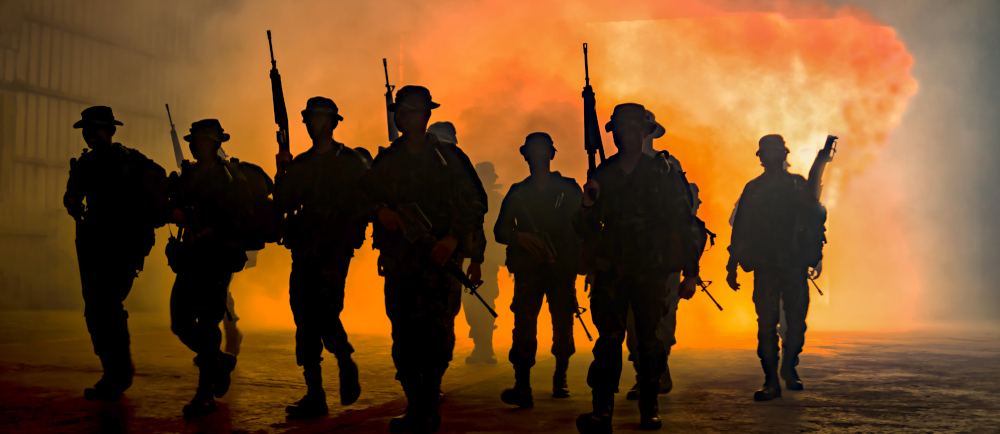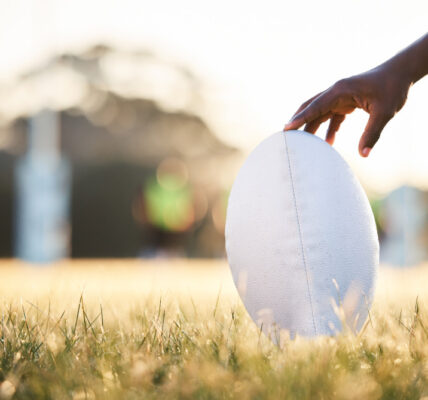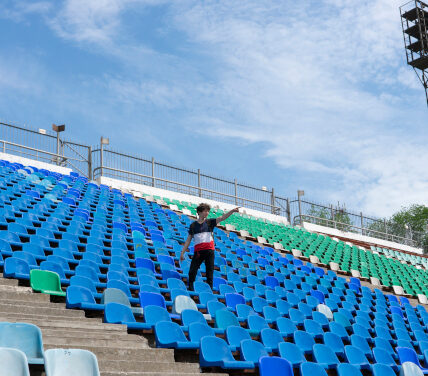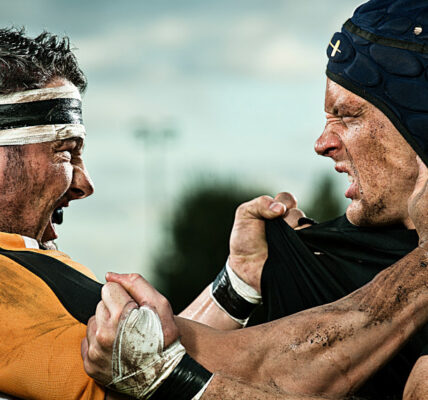There are rugby fields across KwaZulu-Natal that once rang out not just with the echo of boots on turf but the sharper, heavier sounds of something else entirely, marching feet, shouted commands, even the crack of rifle fire. Before they became stages for tries and tackles, before packed stands wore green and gold, some of KZN’s most beloved stadiums had very different roles to play. Fields like Kings Park, College Rovers, and smaller community pitches scattered from Pietermaritzburg to Richards Bay once became improvised training grounds, military muster points, and, in darker moments, sites of wartime control.
It’s the sort of history few talk about anymore. Sports pages rarely touch it, and you won’t see plaques or photo exhibits in most stadium halls. But ask the right people, dig through the quieter archives, and a different narrative emerges, one where the line between battlefield and sports field blurs in unexpected ways.
During the Second World War, Durban was a strategic port city. Troops shipped out from its harbours, convoys of military vehicles rumbled through its streets, and logistics hubs sprang up in places you wouldn’t expect. Kings Park Stadium, for example, served double duty. While local rugby teams kept games alive, certain days were set aside for military drills and physical fitness tests. Young men who would later wear Springbok green first learned discipline and teamwork under khaki fatigues, running drills not with a ball but with sandbags and dummy rifles.
In smaller towns like Ladysmith and Estcourt, rugby fields became unofficial parade grounds. Entire battalions would line up on crisp KZN mornings, the frost still clinging to the grass, before heading off on trucks bound for the front lines. Photographs from the era show ghostly outlines of rugby goalposts in the background, silent witnesses to a very different kind of lineup.
But it wasn’t just about marching. These fields sometimes carried quieter roles. During both world wars, as well as the South African Border War, local stadiums were used as temporary shelters for displaced families and military dependents. Dressing rooms became makeshift kitchens. Stands became sleeping areas. The same concrete steps where fans now stand singing were once lined with blankets and suitcases.
There’s a story that surfaces in rugby club oral histories, a half-forgotten anecdote about a match played in 1942 between a group of local servicemen and a team of touring Allied soldiers. No score was officially recorded. The real point wasn’t victory. It was morale. Bringing some semblance of normal life into days dominated by rationing, fear, and loss.
Peter du Toit, a rugby historian based in Pietermaritzburg, has spent years tracing these hidden intersections of sport and war in KZN. “You’ll find traces if you know where to look,” he says. “Old cement anchors where temporary army tents were pitched behind clubhouses. Faded signage in changing rooms marked ‘military use only.’ It’s all there, just beneath the surface.”
One of the most telling remnants sits at a now-overgrown pitch in Howick. Local records show it was used in the 1960s as a training ground for conscripts during the Border War. Today, grass pushes up through cracks in the concrete steps, the goalposts rusted into skeletal shapes. But if you stand there on a windy day, close your eyes, you can almost hear it, not the roar of a rugby crowd, but the sharp calls of drill sergeants, the steady rhythm of boots on turf.
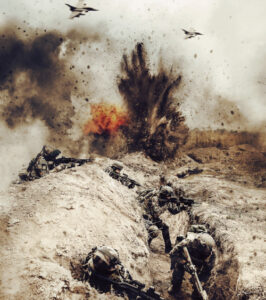 For today’s rugby fans, especially younger ones, these wartime histories might feel distant, irrelevant even. But in a place like KwaZulu-Natal, where history doesn’t always sit quietly in museums, remembering the past woven into public spaces matters. Consider how rugby itself has always carried undertones of strategy, discipline, and resilience, qualities not unlike those required in wartime. Both demand teamwork. Both carry their share of triumph and loss. It makes sense, in a way, that the two worlds once overlapped so physically.
For today’s rugby fans, especially younger ones, these wartime histories might feel distant, irrelevant even. But in a place like KwaZulu-Natal, where history doesn’t always sit quietly in museums, remembering the past woven into public spaces matters. Consider how rugby itself has always carried undertones of strategy, discipline, and resilience, qualities not unlike those required in wartime. Both demand teamwork. Both carry their share of triumph and loss. It makes sense, in a way, that the two worlds once overlapped so physically.
There’s also an undeniable grit in these stories that resonates with KZN’s sporting culture. Rugby here isn’t just about flash and fame. It’s about toughness, legacy, and community strength. Knowing that the field under your boots once held soldiers as well as scrums adds another layer to the game.
Today, some clubs and stadiums in KZN have started revisiting this part of their history. Small plaques have been installed at College Rovers and Kings Park, honouring past players lost in war. Local schools host Remembrance Day matches, where teams play in vintage kit styles as a nod to the past. And in stadium bars and clubhouses, old photographs have been pulled from storage, sepia-toned images of teams standing shoulder to shoulder, some wearing rugby kits, others in military dress.
It’s not about glorifying war or rewriting rugby’s purpose. It’s about understanding that public spaces, especially those as cherished as rugby fields, carry layered histories. They are living archives, shaped as much by what happened off the ball as what happened on it. For many in KwaZulu-Natal’s rugby community, embracing that past adds depth to every kickoff. There’s respect in knowing that before the chants and the tries, before the painted faces and TV cameras, these fields stood as quiet sentinels to entirely different battles.
So next time the whistle blows at Kings Park or any KZN ground, take a moment to pause. Listen. Under the crowd noise, under the modern roar, there might still be an echo, a ghost of boots marching instead of sprinting, voices calling not for the ball, but for something heavier. And in that brief silence, the field tells a fuller story.
